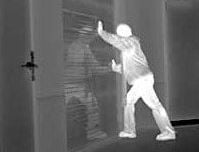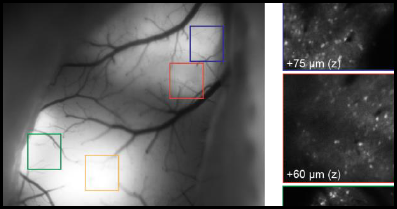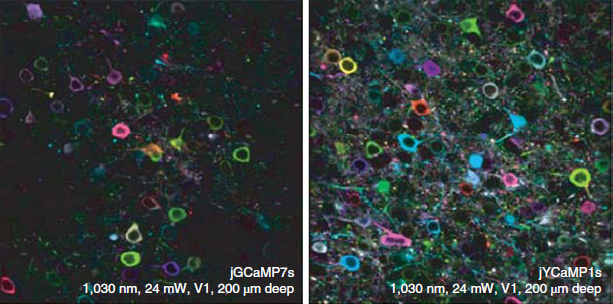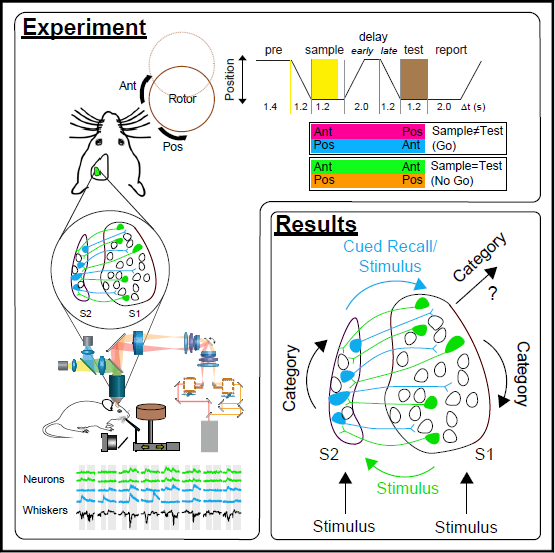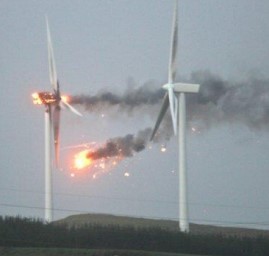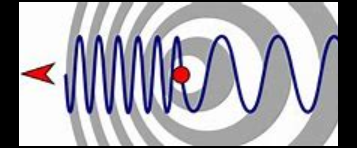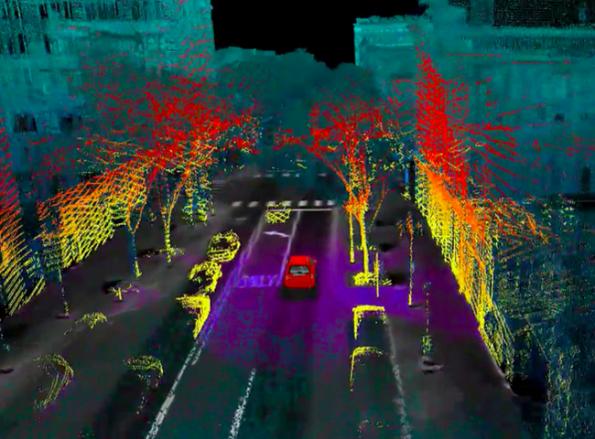Laser Requirements for Time Gated Active Night Vision Imaging Systems
After reading this white paper, you will come away with an in-depth understanding of both the history of night vision technology, as well as the current state of modern night vision imaging. This article will further go on to explain the important features and requirements that you need to be aware of when determining which laser source is best for your active imaging application. In this article, we illustrate the critical laser requirements through Optitask’s series of q-switched Er:Glass lasers, which are ideally suited for active night vision imaging, due to both their ruggedized design and high pul… Read More

